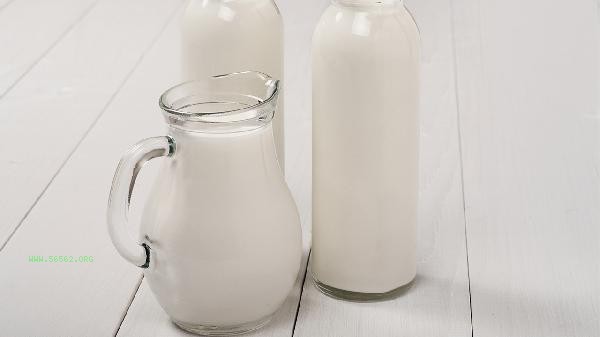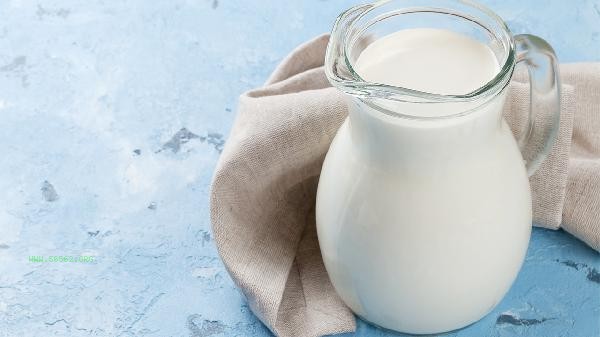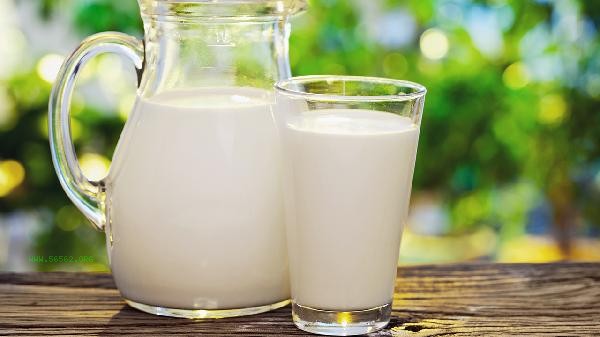Milk that has expired for one year is not recommended for direct consumption or food processing, but can be reasonably utilized through non edible means. After milk spoils, it may breed harmful microorganisms and pose health risks when consumed. However, the protein, fat, and other components in it can still be used for daily cleaning, plant care, and other purposes. The lactate content in expired milk increases and can be used as a natural cleaner. After diluting expired milk with water in proportion, it can be used to clean leather furniture, wipe wooden floors, or polish silverware. Its weak acidity helps to decompose stains and form a protective layer. After wiping, it is necessary to clean it again with a clean soft cloth to avoid residual milk stains. For leather products with slight scratches, the protein in expired milk can have a certain repairing effect. If the milk does not clump or spoil, it can be diluted and used as plant fertilizer. The calcium element in milk can regulate soil pH, especially beneficial for calcium loving plants such as roses and tomatoes. Dilute with water at a ratio of 1:5 during use, as direct watering may cause soil compaction. Fermented expired milk can be mixed with rice washing water to make organic liquid fertilizer, but frequent use should be avoided to prevent attracting pests.

When handling expired milk, it is important to seal and store it to prevent the spread of odors. Before use, observe for any mold or abnormal viscosity. It is recommended to prioritize dairy products within their shelf life, store them refrigerated after opening, and consume them as soon as possible. If you need to handle a large amount of expired milk, you can contact professional institutions for harmless recycling to avoid dumping and polluting the environment. Regularly check the shelf life of food in daily life and plan the purchase quantity reasonably to reduce waste.










Comments (0)
Leave a Comment
No comments yet
Be the first to share your thoughts!